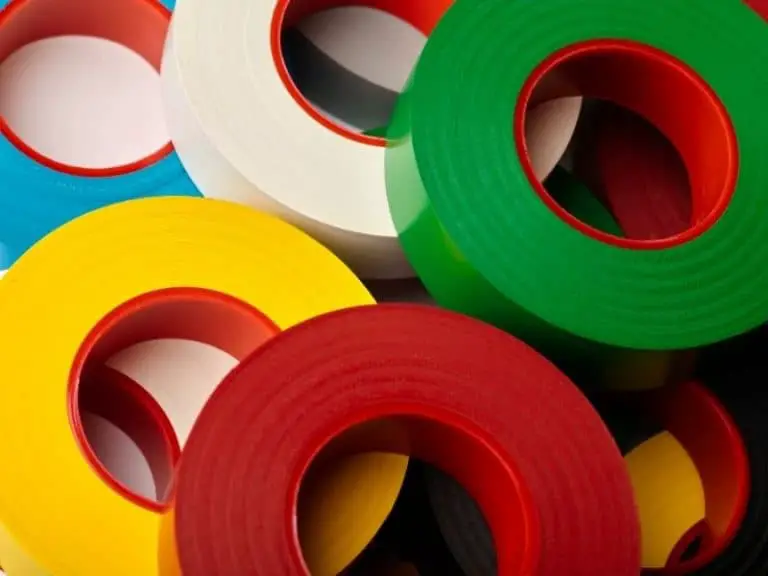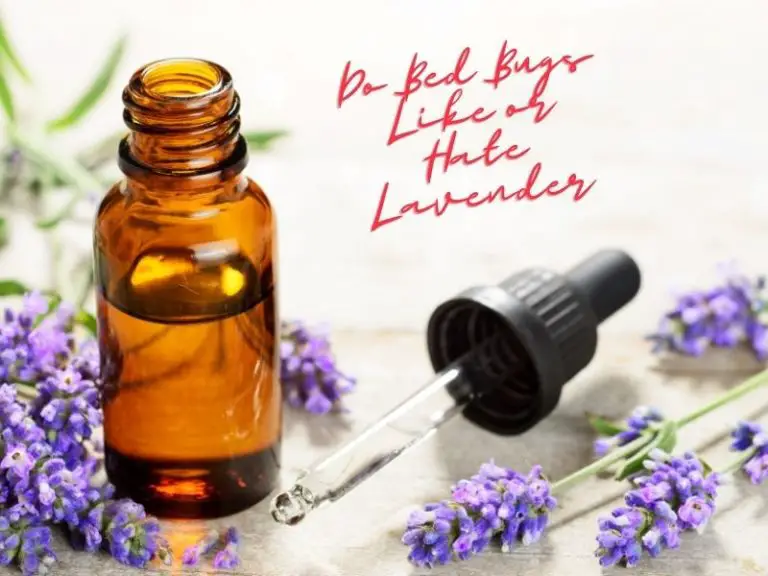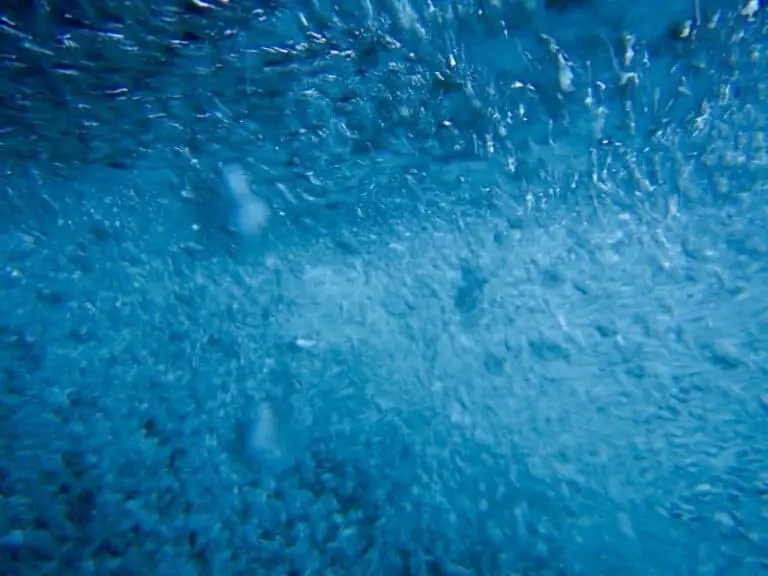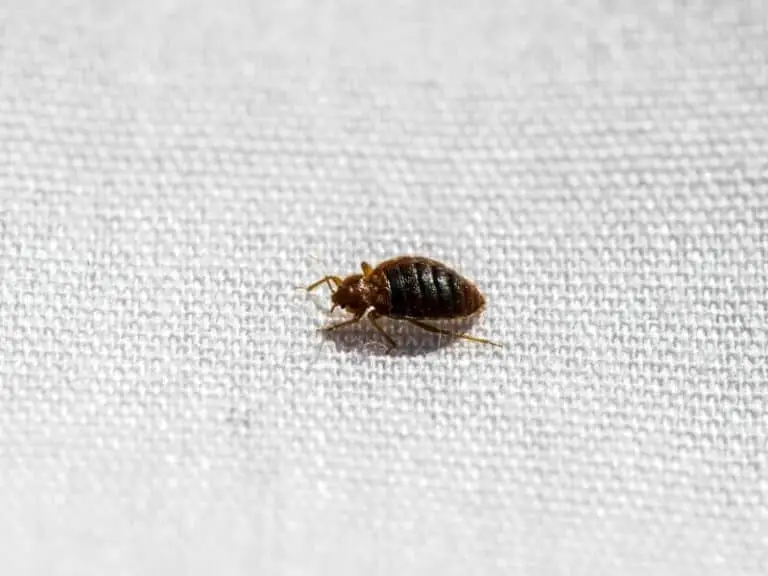Can Bed Bugs Live in Plastic And For How Long
When searching for home remedies for a bed bug infestation, it’s likely for you to repeatedly come across the tip that you should place infested items in plastic bags.
And now you may be wondering if arming yourself with a lot of plastic bags can really help you deal with the problem on your own quickly and effectively.
Bed bugs can live in plastic, but not for long. Keeping them trapped inside plastic bags for up to a year prevents them from feeding and, ultimately, surviving. Plastic containers may also be used to starve bed bugs. However, for results to be obtained, they need to create a tight seal.
Just because many people are recommending the use of plastic bags in putting an end to a bed bug infestation doesn’t mean that it will work 100% of the time.
For it to deliver, certain conditions have to be met. For instance, the plastic bags should be free of holes or tears, tightly sealed, and not opened for several months.
Pro-tip: Exposing bed bugs to high temperatures (over 120°F) kills them in a matter of minutes. If you want to get rid of bed bugs without calling an exterminator check the best steam cleaners that produce over 300°F on Amazon now.
The Absence of Teeth Makes Escaping Impossible
Don’t let the bed bugs bite — it’s what you say if you want someone to have sweet dreams.
Well, here’s a little truth: bed bugs won’t bite because they can’t! Unlike most animals on the face of the planet, bed bugs have no teeth.
They feast on your blood by means of a straw-like structure called a “proboscis”. Using their saliva as a lubricant, they can easily jab their proboscis through your skin to drink your blood.
It’s because of the absence of teeth why bed bugs are unable to escape plastic bags by chewing their way out of it. Their proboscis isn’t strong enough to create a hole in the plastic material.
Speaking of holes, the only way that bed bugs can break free from plastic bags is if there is a hole or tear around.
It’s also easy for them to escape if the plastic bag isn’t tightly sealed as their tiny flat bodies allow them to squeeze through the tightest openings available. You can think of them as little Harry Houdinis slash Count Draculas!
Escaping Plastic Containers is a Different Story
Some online DIY tips and tricks on dealing with a bed bug infestation suggest stashing your items, especially those that you wish to protect from bed bugs, in plastic containers.
In theory, this is a great idea as it creates a barrier between your belongings and bed bugs. It also helps limit the number of potential bed bug hiding places, thus allowing you to hunt down those blood-sucking creatures and kill them easily.
However, in reality, it is a much better idea to rely on plastic bags instead of plastic containers.
That’s because it is rare for large plastic containers to have gaskets necessary for the creation of an airtight seal. As stated earlier, bed bugs have small and flat bodies that let them squeeze through tight spaces.
Plastic containers without gaskets allow bed bugs to get in and out without trouble. While there are options that offer an airtight seal, the majority of them are small, providing just enough room for leftover food.
So, in other words, plastic bags are better for DIY bed bug management than plastic containers. They are easier on the pocket, too.
Bed Bug Protectors Work on the Same Principle
When it comes to dealing with a bed bug infestation via the DIY route, there are many products that you can get your hands on. Some of those are mattress and pillow protectors.
As the name suggests, these protect mattresses and pillows from being infested with bed bugs. Also, they help keep bed bugs in them from escaping.
The use of bed bug protectors works for the same reason why placing infested items in plastic bags delivers — bed bugs are prevented from drinking blood for a long time, starving them to death.
Some bed bug protectors are out of plastic, such as the transparent kinds. They create an airtight seal that helps keep bed bugs out or keep bed bugs in, depending on whether mattresses and pillows are infested.
What’s nice about bed bug protectors out of transparent plastic is that they allow you to see the effects on bed bugs trapped inside.
In the market, there are also bed bug protectors that are out of synthetic materials aside from plastic. One of them is polyurethane, which allows mattresses and pillows to breathe.
Worry not if you cannot get your hands on bed bug protectors. That’s because you may simply wrap your mattress and pillows in saran wrap.
You may hear noise each time you move while trying to catch some Z’s, but this homemade bed bug protector can work just as well as commercially available sold ones.
Important Matters to Keep in Mind to See Results
Refrain from assuming that using plastic bags can make your bed bug-related issue go away for sure. Despite many people swearing by their effectiveness, there’s still plenty of room for plastic bags to fail to work.
Just like most other DIY methods for dealing with a bed bug infestation, it’s important that you employ the solution of your choice correctly.
Otherwise, the problem will simply keep worsening and spreading, until such time that you have no other choice but to get in touch with the local bed bug exterminators.
Here are some of the things that you should remember to make plastic bags work to your advantage:
- Seal plastic bags tightly. The goal is to trap bed bugs inside plastic bags until the day that they die of starvation. If you fail to seal those plastic bags tightly, bed bugs will simply crawl out of them the minute that they get hungry to hunt you down and drink your blood.
- Do not open them for up to a year. Believe it or not, bed bugs can live for up to a year (some experts say a little more than a year) even without having a taste of your blood.
It’s because of this why you should refrain from taking your items out of sealed plastic bags for at least a year.
Bed bug nymphs can live without food for up to five months only. They need blood at least once a week to nourish their growing bodies.
- Leave them under the sun. A way to kill bed bugs quicker is by leaving the plastic bags under the sun all the time. Just make sure that the plastic bags do not contain food that can attract animals!
You may also spray the plastic bags with bed bug spray before sealing them. Or you may squeeze as much air as you can out of plastic bags beforehand. Bed bugs, just like other insects, need oxygen to live. Without air, bed bugs can suffocate.
Related Questions
Can bed bugs live in electronics? Electronics make for excellent hiding places for bed bugs because there are openings, screw holes, and ports in them that are dark and usually undisturbed.
Can bed bugs climb all surfaces? While bed bugs do not have trouble crawling on horizontal surfaces out of practically any material, they do have a difficult time climbing very smooth surfaces, such as glass and metal.
Just Before You Stash Infested Items in Plastic
Bed bugs can live in plastic bags, except if they are trapped in there for about a year. This is the reason why you should seal them very well and never open them for several months.
While you may also use plastic containers instead of plastic bags, you have to make sure that they have gaskets capable of creating an airtight seal.
Without gaskets, bed bugs will be able to crawl out of the tight opening between the lid and the container itself.
Recommendations:
Photo credit: ©canva.com/diane39
Medical Disclaimer: TheHomePestControl is a digital publisher and does not offer personal health or medical advice. The contents of this website are not intended to substitute for professional medical advice, diagnosis, or treatment.
Affiliate Disclaimer: As an Amazon Associate, I earn from qualifying purchases made on our website. If you make a purchase through links from this website, I may earn a commission at no additional cost to you.






